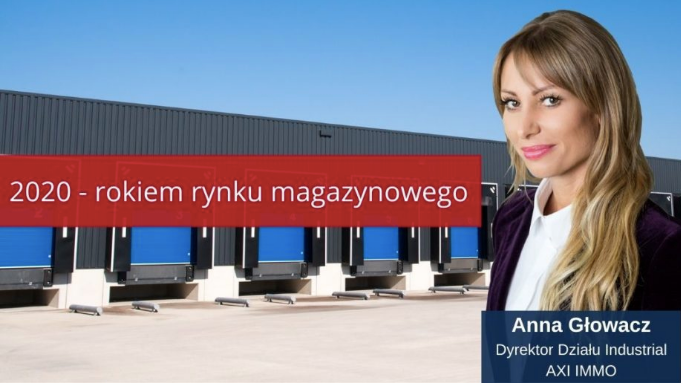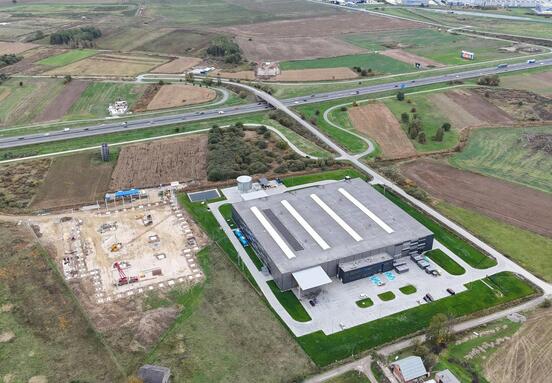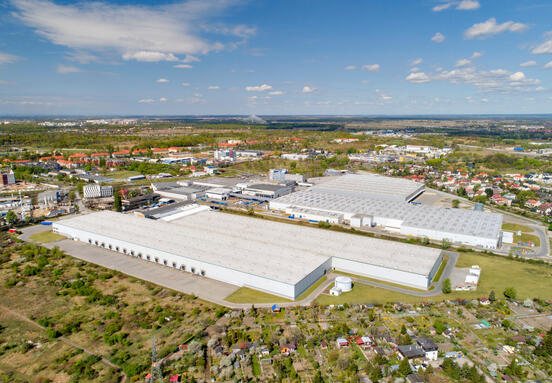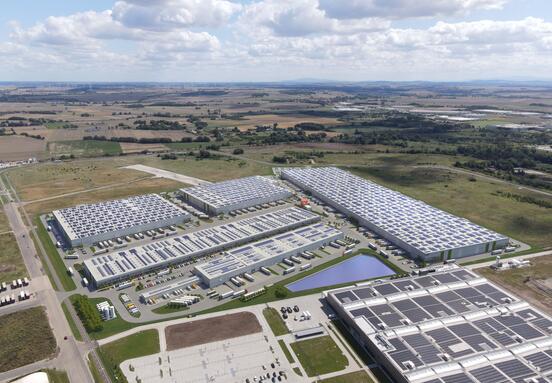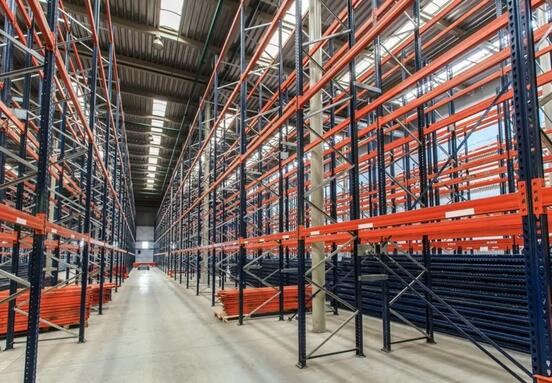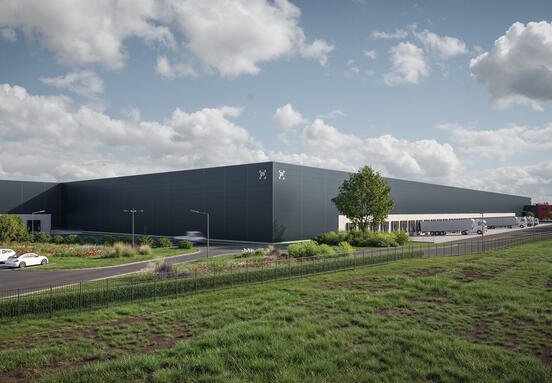The warehouse sector with a record result on the investment market
Year 2020 will stay in the memories of real estate professionals for a long time, similarly to the global financial crisis of 2008-09. There is no doubt that the warehouse sector weathered the Covid-19 storm better than most other property segments and dealt with the social and economic consequences of the pandemic well. At the end of the third quarter, we could already celebrate a record volume of investment transactions closed in the sector in a single year. Overall, EUR 1.9bn of warehouse and production assets changed hands between January and September, which is above the EUR 1.8bn recorded in the best year so far – 2018.
More demand for last mile warehouses
Warehouse and industrial assets proved to be one of the safest investments within commercial real estate thanks to the growth of e-commerce, which accelerated as a result of social distancing measures introduced by the government. Alongside the usual large portfolio sales, we have also seen single asset deals from the last mile logistics segment. The takeover of all of Goodman’s CEE assets by GLP has been the largest investment deal of 2020. Total value of this transaction is approx. EUR 1bn, with 66% of assets (around 880,000 sqm) located in Poland. New players entered the Polish market in 2020. One example is Polish Logistics LLP, an investment platform launched by REINO Capital, IO AM and the Grosvenor Group, which acquired Logistic City – a distribution centre with 135,000 sqm of leasable area located in Piotrków Trybunalski, Central Poland.
A hot market for tenants
The industrial and logistics sector has maintained high occupier demand throughout the year, despite two lockdowns brought in by the Polish government. The second quarter saw record take-up level. In addition to the highest ever volume of long-term leasing transactions, Q2 also marked the highest ever amount of space leased on a short-term basis (under 2 years).
E-commerce, pharmacy, couriers – the biggest winners
The main winners of the new market situation have been e-commerce firms, including e-grocery, as well as pharmaceutical and electronics firms, courier companies and packaging producers. A few segments of the warehouse market have suffered from the consequences of the pandemic. This applied in the early part of the year to heavy industry and the automotive sector, which have now made up for some of the losses. The aviation industry as well as firms with links to the services sector, especially events and HoReCa (Hotels, Restaurants, Cafes), remain negatively affected and continue to reduce occupied space.
The opportunity for the record demand
Nevertheless, a total of 3.5m sqm was leased until September, and 2020 is likely to beat last year’s record take-up of just over 4 million sqm.
– Key logistics markets once again defended their dominant position in 2020, led by Warsaw, Upper Silesia and Central Poland. Logistics firms made up the largest group of occupiers. This year, logisticians focused on consolidation and expansion within the regions they were already present in. Moreover, they launched new projects targeting the largest consumer markets. – says Anna Głowacz, Head of Industrial Agency, AXI IMMO.
– The largest leasing deal of 2020 is still 200,000 sqm taken by a global ecommerce player in Świebodzin in Western Poland. This transaction is yet another testimony to the strength of Poland as an optimal location for pan-European distribution, as it continues to be selected by the most demanding international companies. – adds Anna Głowacz.
20 million sqm barrier has been exceeded
High development momentum has resulted in another significant increase in modern warehouse real estate stock in Poland, to over 20.2 million sqm as at the end of September. Most developers have focused their attention on the five largest markets, especially Warsaw. But there has been significant demand for new locations as well.
Western Poland and Eastern Poland – new emerging markets
Two relatively young regional markets are worth mentioning. The first one is Western Poland, where a 200,000 sqm BTS facility for an e-commerce player is currently underway and the second one is Eastern Poland, where as much as 173k sqm is currently under construction – an equivalent of 28.2% of this market’s current warehouse stock.
Vacancies and rents in 2020 at a stable level
Following a few quarters of plentiful new supply across the country, development activity is now falling due to far fewer speculative projects being launched. This is a result of more caution on the part of developers and tighter financing conditions, with banks requiring higher deposits and higher pre-let ratios. As at the end of Q3 2020, the vacancy rate returned to the level seen at the beginning of the year as it increased to 8%. Availability should be stable in the short term and it is likely to become more limited in the longer term due to lower levels of new supply.
– We expect short-term increases in availability in selected regions, especially in those locations that recently saw completions of speculative projects. Fluctuations in the vacancy rate over the course of 2020 have not had a material impact on rental levels. – explains Anna Głowacz.
Average rents in bog box warehouses remained in the range of EUR 3.2 – 3.6 per sqm, with Warsaw-city remaining the most expensive location in the country as it commands rents starting from EUR 4.8 per sqm. Effective rents, which take into account incentives offered by developers, also remained stable at between EUR 2.4 and EUR 2.7 per sqm, which is around 20-30% below the headline.
– Despite the initial concerns triggered by the Covid-19 pandemic, the warehouse sector turned out to be one of the main winners of 2020. Acceleration in long term trends, including de-globalisation of supply chains, faster implementation of technology and automation within warehouses and, last but not least, a more widespread use of e-commerce, all helped the sector enter a new phase of growth – says Anna Głowacz.
What awaits the logistics sector in 2021?
– Record investment activity and record high occupier demand have given all market players reasons for optimism ahead of 2021. In terms of the key trends that have been clear this year, we would point to higher awareness around sustainability issues among developers, with a rising number of green solutions on offer and increased effort to obtain green certification. Caring for the planet is reflected in new innovative and sustainable technologies implemented during construction and the actual running of the buildings – sums up Anna Głowacz.
